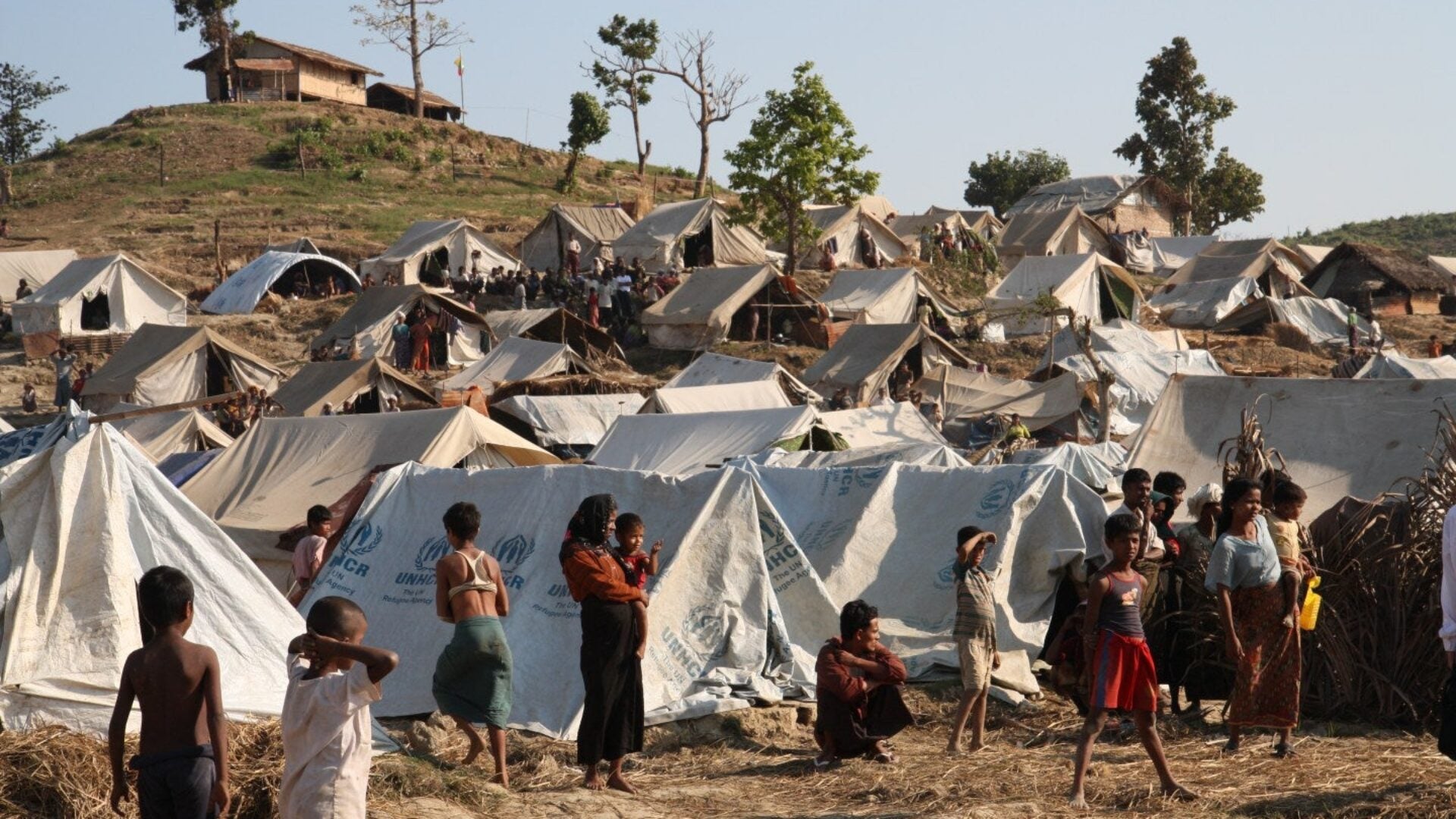Protecting & Empowering Women & Girls in Situations of Crisis & Conflict

Since the mid-1990s, there have been significant increases in the recorded number of all disasters and in deaths resulting from those disasters, especially in low-income countries. Compounding these natural disasters are those of another sort, as conflicts and civil wars are increasingly afflicting individual countries and, more broadly, our sense of global security. In situations of both crisis and conflict, women and girls are often the most vulnerable and the most at risk of targeted violence. Indeed, women and children account for more than 75 percentof the refugees and displaced persons from war, famine, persecution and natural disaster. In cases of conflicts and disasters, existing social structures and networks that previously protected women are destroyed. In many circumstances, the socially determined roles and responsibilities of women cause gender-based inequalities in access to resources and decision-making power. And in conflict and crisis, the risk of sexual violence greatly increases.
Adolescent girls face even worse dangers. Girls lack social power and protection due to their age and gender. Adolescent girls often fall through the cracks of traditional child protection interventions in emergencies.
The problem of adolescent girls in crisis and conflict situations is gaining renewed momentum. On March 6th, the Georgetown Institute for Women, Peace and Security, the International Center for Research on Women, Plan International and the Women’s Refugee Commission partnered to convene a symposium to explore the status of girls in crisis settings and mobilize key stakeholders to take action in their interest. The key outcome of the symposium was the generation of recommendations across several domains – research, policy, programming and media – that will protect and empower the girls affected by conflict and disasters around the world.
This week, The Bill, Hillary and Chelsea Clinton Foundation No Ceilings Initiative, The Bill & Melinda Gates Foundation and Data2X are releasing new data and a new Not There campaign on the connection between rights and opportunities for women and girls and prosperity, stability and security around the world. These efforts serve to emphasize the lack of data on the dangers faced by women and adolescent girls in crisis situations, and fill these existing gaps. Indeed, the limited evidence on violence against women and girls (VAWG) in conflict and humanitarian situations has prevented effective investment in VAWG programming in emergencies. To study the impact of natural disasters on these vulnerable groups, there is an urgent need for sex-disaggregated data on disaster-related mortality, morbidity and long-term health consequences. More data must also be collected on VAWG in conflict situations, specifically looking at rape, child marriage and other forms of gender-based violence.
There is no miracle solution to the problems facing adolescent girls in conflict and crisis. Women, especially young women, are the first to suffer the consequences of insecurity, poverty and disease. The situation is not entirely dire however: the resolution of disaster situations can often lead to a shift in gender roles, which can open up possibilities for positive social change, and give women and girls a chance to be active partners in changing their countries for the better. Finding solutions to the problems facing women and girls in crisis requires a multi-faceted approach, starting with the collection of qualitative and quantitative sex-disaggregated data on the field.
The solution to this issue requires a multi-faceted approach that engages all platforms and all actors across the spectrum. The domains discussed in the March 6th symposium – media, policy, research and programming – are all crucial allies in preventing and responding to the needs of women and girls in crisis and conflict settings. But they face serious challenges as well. Media, for example, can be a tool for highlighting the needs of women and girls in crisis, but has increasingly been used as a tool for targeted violence against women. The UN Commission on Women stated in a recent report that new media is often a platform for the perpetuation of harmful masculinities and the objectification of women and girls. In addition, more data is needed in order to accurately assess and address area-specific violence against women and girls; the research sector needs to become more engaged in collecting this qualitative and quantitative data. Policy-makers and governments also face the challenge of formulating policies that address the issue in depth and effectively, as policies and programs to serve women or children oftentimes do not take into account the specific vulnerabilities and needs of adolescent girls.
However, adolescent girls in humanitarian settings should not just be seen as a vulnerable group – as victims – because girls possess enormous capacity to be a source of transformation in their families and communities. Research suggests that investing in girls’ economic and social empowerment can reduce their risks of being victims of violence and effectively encourages sustainable development. We must empower young girls to use their voices to guide future policies, research, programming and media campaigns around this issue and give them the opportunity to be a part of the solution.
The fight to protect and empower women and girls in situations of conflict and crisis is far from over. It is important to take stock of the progress made, and also acknowledge opportunities for future progress. Not only can girls’ voices bring innovative and creative solutions to the debate, but their empowerment can also transform entire communities for the better. It is time that we listened.
Annabelle Timsit is the undergraduate Research Assistant at the Institute for Women, Peace and Security. She is a second year student in the School of Foreign Service at Georgetown University, and is majoring in International Politics with a concentration in Foreign Policy.
Explore More

End of Year Reflections
This year has been particularly challenging for peace around the world, with…

“No Amnesty, No Silence:” Ukrainian Women Urge Accountability for War-Time Sexual Violence
Last week, the Georgetown Institute for Women, Peace and Security (GIWPS) brought…
